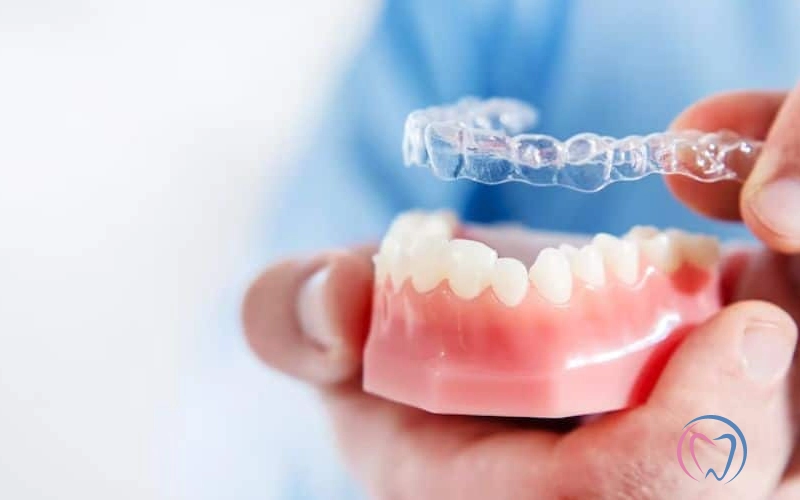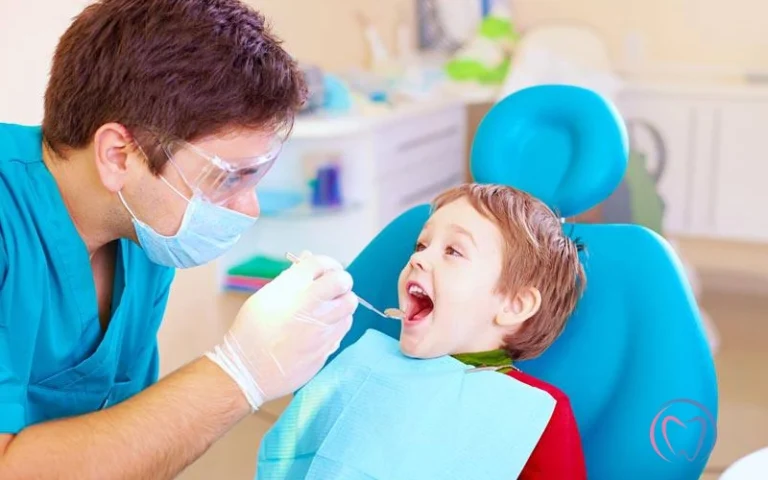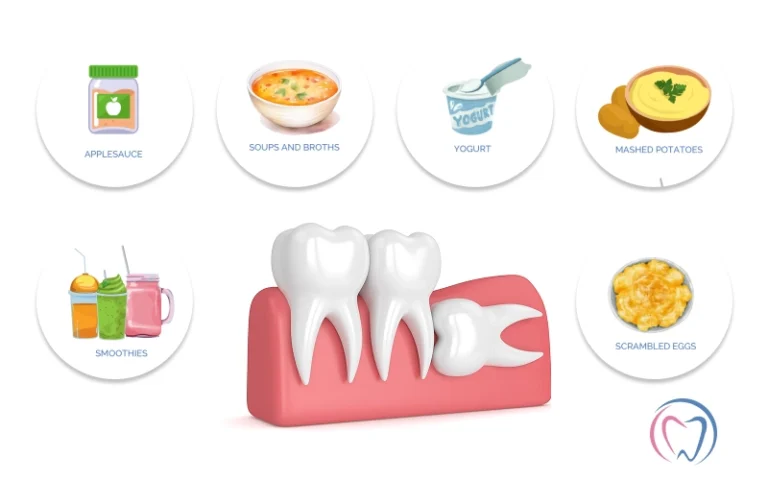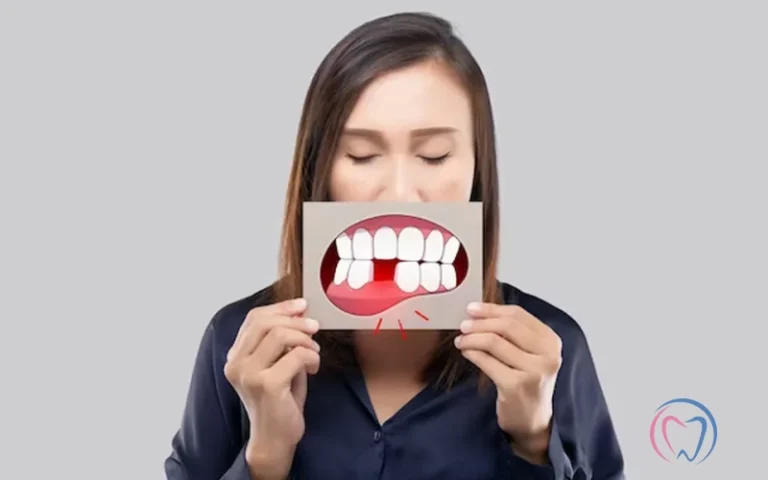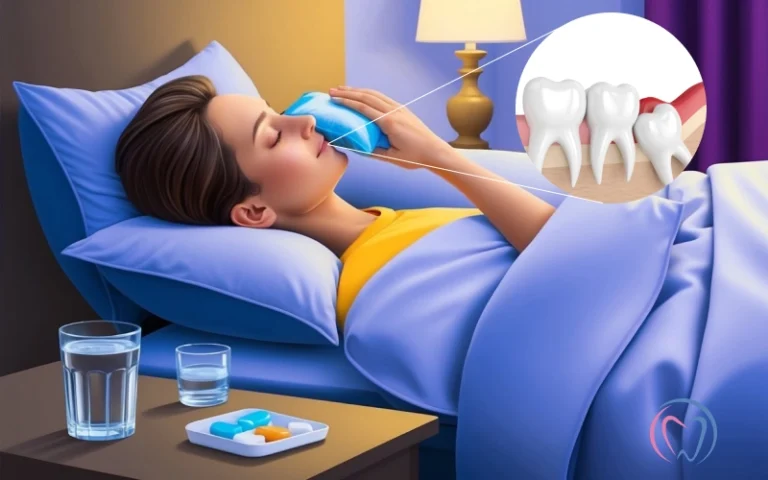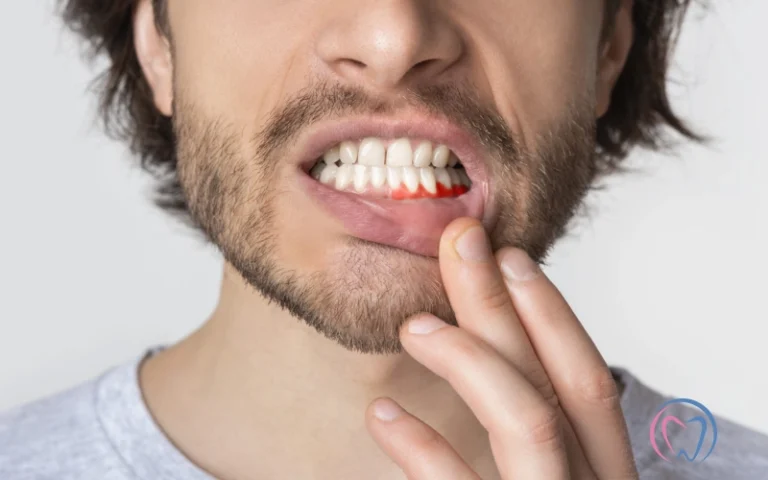The use of Invisalign has revolutionised orthodontics by providing a discreet and effective method for teeth straightening. While traditional braces have been the standard method for correcting dental problems for many years, Invisalign is a modern alternative appealing to many due to its comfort and aesthetic benefits.
The most common question that comes up is whether Invisalign can effectively address dental crowding. Based on my experience, the focus of this blog is on how Invisalign works, its efficacy in treating crowding and what to consider when contemplating this treatment.
What is dental crowding?
If there is not enough space in the jaw for all the teeth to align properly, dental crowding occurs. This causes teeth to overlap, twist or move out of their ideal position. Crowding can result from different factors like genetics, early loss of primary teeth or a mismatch between tooth size and jaw size.
How Invisalign works?
Invisalign uses a set of clear plastic aligners that are custom-made to gradually shift teeth into their proper positions. For those who are concerned about the appearance of their orthodontic treatment, these aligners are a popular choice because they are almost invisible, unlike traditional metal braces.
A consultation with an orthodontic or dentist who is knowledgeable in Invisalign starts the treatment. They will utilise advanced 3D imaging software to create a detailed picture of your teeth and plan your treatment. This plan leads to the creation of several aligners, each designed to make incremental adjustments to your teeth.
Can Invisalign and crowding be fixed?
Invisalign is a viable solution to dental crowding, but it’s only effective if the crowding is severe and the case is complex.
- Invisalign is commonly very successful in treating mild to moderate crowding. By gradually moving teeth into better positions, the aligners can be designed to create the needed space. Many patients experience significant improvements in alignment during relatively short treatment duration.
- Invisalign can still be an effective solution for severe crowding, but it may require additional treatments. In certain instances, dentists may utilise attachments like, bonding small tooth-coloured buttons, or incorporate additional tools, like elastic bands, to increase the effectiveness of the aligners. To obtain the desired results, Invisalign may be combined with other orthodontic treatments in extremely complex cases.
Benefits of Invisalign for crowding
- Aesthetic appeal – The almost invisible nature of the aligners is one of the most significant advantages of Invisalign. For adults and tens who may be self-conscious about traditional metal braces, this aesthetic benefit is particularly attractive.
- Comfort – The smooth plastic used in Invisalign aligners prevents mouth sores and discomfort associated with metal braces.
- Removebilty – Invisalign aligners can be removed for eating, drinking and oral hygiene, which is not the case with fixed braces. You can enjoy your favourite foods without restrictions and maintain good oral health with this.
- Predictable results – The use of 3D imaging and computer modelling allows for precise planning of your treatment, resulting in predictable results.
What are the considerations and limitations?
- Compliance – Invisalign aligners require wearing them for 20-22 hours a day to be effective. The desired results can only be achieved with this level of commitment, and non-compliance can prolong the treatment time.
- Complex cases – Invisalign can be effective for many cases of crowding, but in very complex situations, traditional braces or a combination of treatments may be needed. Your orthodontist will determine your particular needs and suggest the best approach.
- Cost – The cost of Invisalign treatments is typically higher than that of traditional braces. However, some believe that the benefits are worth the investment.
Initiating your Invisalign journey
- If you are considering Invisalign for dental crowding, the first thing you should do is make an appointment with an experienced orthodontist or dentist. They will inspect your dental health, talk about your treatment objectives and determine whether Invisalign is the appropriate choice for you.
- During your first appointment, you can expect a thorough examination, which could involve digital scans or impressions of your teeth. These will be used by your orthodontist to create a treatment plan that is customised for you and display a digital simulation of the expected results.
As I experienced this in my research, Invisalign has been proven to be an effective solution for treating various types of dental crowding. Its clear, comfortable aligners offer a discreet alternative to traditional metal braces, making it easier for patients to maintain their self-esteem while undergoing orthodontic treatment.
Also, the aligners’ ability to be removed makes oral hygiene and dietary flexibility easier, which results in a more convenient and user-friendly experience. Overall, Invisalign is a modern solution for getting a straighter, healthier smile with minimal impact on everyday life.

